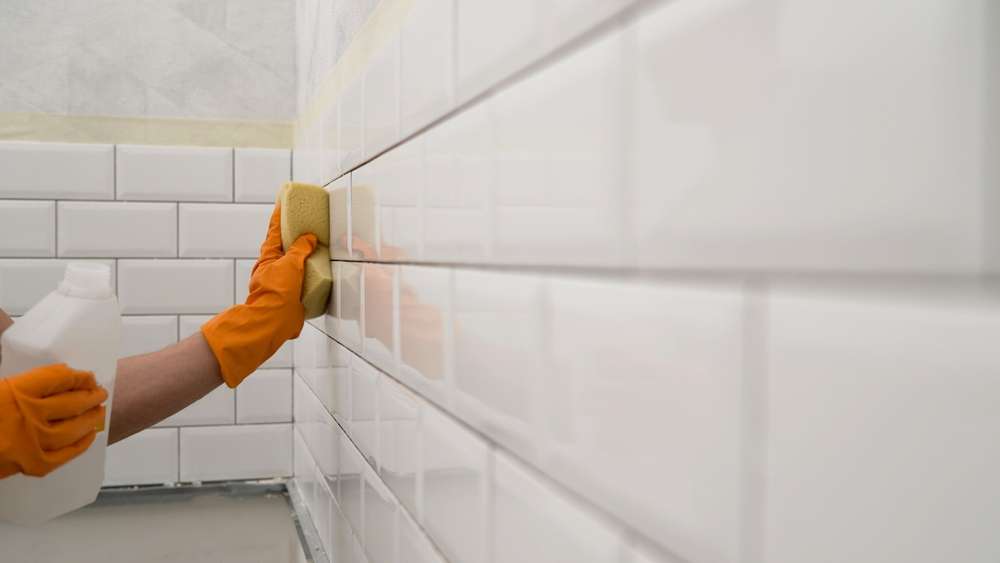Practical ventilation strategies to control moisture in residential bathing spaces
Effective moisture control in residential bathing spaces starts with a practical approach to ventilation paired with durable finishes and thoughtful maintenance routines. This short overview highlights how airflow, waterproofing, and routine cleaning reduce condensation and mildew, while also improving comfort and longevity of fixtures and finishes.

Proper moisture control in a bathroom depends on more than a single device: it requires an integrated strategy that combines ventilation, waterproofing, drainage, and regular maintenance. High humidity produced by showers and baths can lead to condensation on tiles and fixtures, promote mildew growth, and accelerate deterioration of grout and caulking. By addressing airflow, material selection, and simple habits, homeowners can reduce long-term damage, ensure better indoor air quality, and keep plumbing and drainage systems functioning as intended.
How does ventilation reduce condensation and mildew?
Mechanical and passive ventilation both reduce condensation by exchanging humid indoor air with drier air from outside. Exhaust fans sized to the room’s volume and rated for continuous or timed operation pull moisture-laden air away from showers and tubs; ideally they vent outdoors rather than into an attic or crawlspace. Properly positioned vents—near the shower or tub and away from obstructions—help reduce surface condensation that leads to mildew. Periodic operation after bathing (15–30 minutes) combined with slightly opening a window when weather permits further lowers relative humidity and shortens drying times for tiling and grout.
What role do waterproofing, grout, and tiling play?
Waterproof membranes behind tile, sealed grout joints, and correct tiling slopes protect underlying structures from moisture infiltration. Waterproofing behind wet-area walls and shower pans prevents water from reaching framing and drywall, limiting rot and mold. Use grout that is appropriate for the tile size and traffic, and seal grout lines where recommended; reseal grout periodically because it can become porous over time. Choosing tile with low water absorption for floors and walls reduces wicking, and ensuring proper tiling techniques and slopes directs water toward drains rather than trapped pockets where mildew can form.
How should drainage and plumbing be configured?
Drainage and plumbing layout influence how quickly water is removed from surfaces. Floor drains and sloped shower pans ensure water flows to the drain rather than pooling near fixtures or corners. Regularly inspect plumbing for leaks under sinks and behind walls; even small leaks increase humidity and create conditions for mold. Venting of plumbing stacks also affects air movement and pressure in the bathroom, so maintain vents and traps to avoid negative pressure scenarios that can draw moisture into unwanted spaces. Routine checks and prompt repairs keep both visible and hidden wet areas from becoming long-term problems.
When and how is caulking and maintenance necessary?
Caulking around tubs, showers, sinks, and fixtures creates a flexible barrier that prevents water intrusion at seams. Use mildew-resistant silicone caulk for joints that tolerate movement and replace cracked or detached caulking promptly. Regular maintenance includes inspecting grout and caulk lines, reapplying sealants as needed, and cleaning surfaces to prevent organic buildup that supports mildew. A scheduled maintenance routine—inspecting seals every six months, addressing leaks immediately, and keeping exhaust fans clean—extends the life of finishes and reduces long-term remediation needs.
How do lighting, fixtures, and accessibility affect moisture control?
Proper lighting and fixture selection contribute indirectly to moisture management. Bright, well-distributed lighting helps reveal damp or discolored areas earlier, enabling timely cleaning or repairs. Fixtures with corrosion-resistant finishes and tight seals reduce leak risks; choose fixtures designed for humid environments. Accessibility features such as grab bars or curbless showers can be integrated without compromising waterproofing if installed by professionals; ensure transitions are properly sealed and drains sized to handle the flow from accessible shower designs to avoid unwanted pooling.
How can sustainability and cleaning complement ventilation strategies?
Sustainable choices—energy-efficient fans with humidity sensors, low-flow fixtures, and durable tile and grout—reduce environmental impact while improving moisture control. Humidity-sensing exhaust fans automatically run when relative humidity rises, which saves energy compared with continuous operation while ensuring timely ventilation. Regular cleaning with mildew-appropriate cleaners removes spores before they colonize; avoid overly harsh chemicals that can degrade grout or sealants. Combining sensor-driven ventilation, water-saving plumbing, and consistent cleaning creates a resilient system that balances performance and sustainability.
Conclusion Controlling moisture in residential bathing spaces requires coordinated attention to ventilation, waterproofing, proper tiling and grout work, reliable drainage and plumbing, and ongoing maintenance including caulking and cleaning. Thoughtful fixture and lighting selection and consideration for accessibility and sustainability further reduce risk factors. When these elements work together—venting humid air, preventing water penetration, and addressing issues early—bathrooms remain safe, durable, and comfortable for everyday use.





